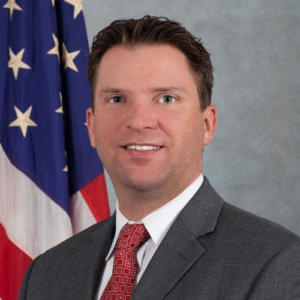Count David Burrow, PharmD, JD, director of the Office of Scientific Investigations in the Center for Drug Evaluation and Research at the U.S. Food and Drug Administration (FDA), among the growing choir of voices who believe decentralized clinical trials (DCTs) and hybrid onsite/offsite trials are here to stay.
The COVID-19 pandemic has clearly been a “catalyst for change,” Burrow says, noting its impact on raising awareness of quality by design and risk-based quality management systems in particular. While both concepts have been around for years, Burrow believes the realities of the pandemic helped practitioners overcome “some hesitancy” before embracing each.
Elements of DCTs and hybrid variations are increasingly being baked into trial design, in part spurred on by the pandemic, Burrow says. “They are gaining momentum, and are definitely here to stay,” he adds. “Each definitely brings value” to trials and the patient experience, he notes.
However, even as some things change in a post-COVID-19 landscape, many fundamentals remain in place, Burrow says. For example, the best way to prepare for an FDA inspection has not changed in any significant manner. There remain best practices to “put your best foot forward” when it comes to dealing with a looming FDA inspection. “I’m not talking about fooling the FDA,” Burrow stresses.
Instead, there are tools and tactics designed to help regulated entities ensure their trial operations and decisions are “seen in the best light possible.”
Burrow is looking forward to connecting with clinical trial staff at the ACRP 2022 conference next month in Orlando. There, he will outline the impact FDA inspections have on trial operations and will identify key strategies to build quality into clinical research in order to prevent critical compliance issues. When problems do occur, inspected entities should be able to respond appropriately, he notes.
Author: Michael Causey



